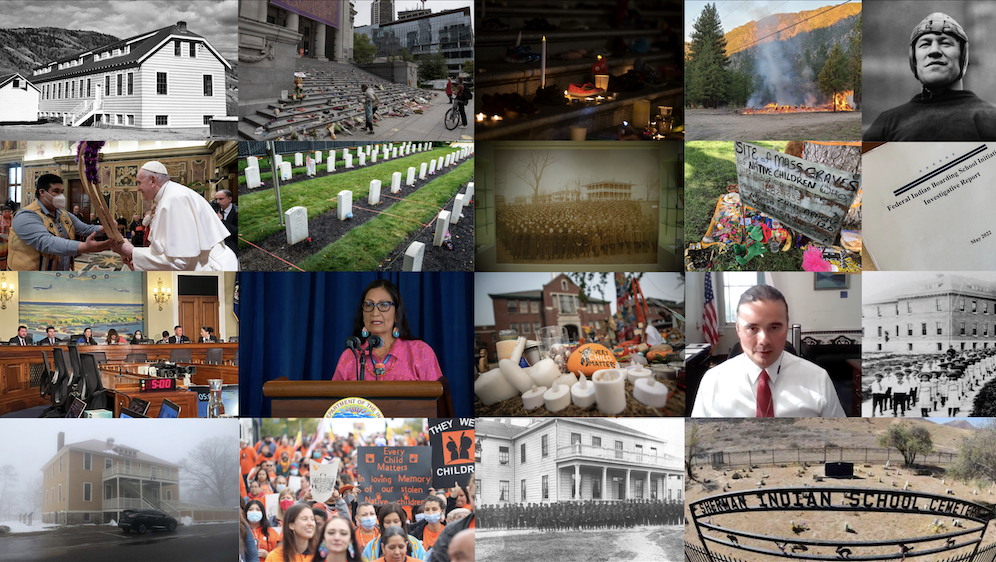
- Details
- By Jenna Kunze
Your questions about Indian Boarding Schools, as answered by our team.
My concern is those children that have no one still alive that the DNA can be connected to. Since the military will not release the children unless the family can come and get them. Where are these children going? There needs to be a place for them to go. This hurts my heart so badly. My example is that I am the last of my family and there will be no one left to identify anyone else to if there were any other family members from the past.
A similar concern is shared by Native community members, though not about DNA connection, but rather lineage. Currently, the US Army’s written policy in order to authorize repatriations of a Native student buried at Carlisle requires a signed affidavit from a lineal descendant, not DNA proof. Most tribes don’t believe in DNA analysis on their ancestors, due to its destructive nature and imperfect results.
However, the Army told Native News Online in September that it will consider traditional knowledge to determine a closest living relative. There are also active cases where the Army is working with the tribe to repatriate when a closest living relative cannot be determined.
“The Army recognizes that almost none of the Native children buried at CBPC [Carlisle Barracks Post Cemetery] had detailed parent information listed on the school burial records,” spokesperson John Harlow told Native News Online. “The closest living relatives of the deceased may only be distantly related. We understand that Native American Traditional Knowledge may likely be the basis to determine who is the closest living relative.”
Read previous Q&As on Indian Boarding Schools
Readers Ask Us 1, June 7th
Readers Ask Us 2, June 10
Readers Ask Us 3, July 21
Readers Ask Us 4, August 1
Readers Ask Us 5, August 5
Readers Ask Us 6, November 2
If you have a question about Indian Boarding Schools, please submit them to [email protected] or use the online form that can be found at the bottom of stories such as this one. Want to help us shine a light on the dark era of Indian Boarding Schools and their continued impact on Native families and communities today? Become a recurring donor for $5 or $10 a month, or make a one-time donation.
More Stories Like This
Oglala Sioux Tribe Rejects ICE Conditions for Information on Detained MembersSupreme Court Victory Secures Alaska Native Subsistence Fishing Rights
Three Kings Day Feast Honors Pueblo Self-Governance Rooted in Pre-Colonial Traditions
Navajo Council Committees Tackle Grazing Enforcement, Code Revisions
U.S. Must Fulfill Obligations by Protecting Programs
Help us defend tribal sovereignty.
At Native News Online, our mission is rooted in telling the stories that strengthen sovereignty and uplift Indigenous voices — not just at year’s end, but every single day.
Because of your generosity last year, we were able to keep our reporters on the ground in tribal communities, at national gatherings and in the halls of Congress — covering the issues that matter most to Indian Country: sovereignty, culture, education, health and economic opportunity.
That support sustained us through a tough year in 2025. Now, as we look to the year ahead, we need your help right now to ensure warrior journalism remains strong — reporting that defends tribal sovereignty, amplifies Native truth, and holds power accountable.
 The stakes couldn't be higher. Your support keeps Native voices heard, Native stories told and Native sovereignty defended.
The stakes couldn't be higher. Your support keeps Native voices heard, Native stories told and Native sovereignty defended.
Stand with Warrior Journalism today.
Levi Rickert (Potawatomi), Editor & Publisher

